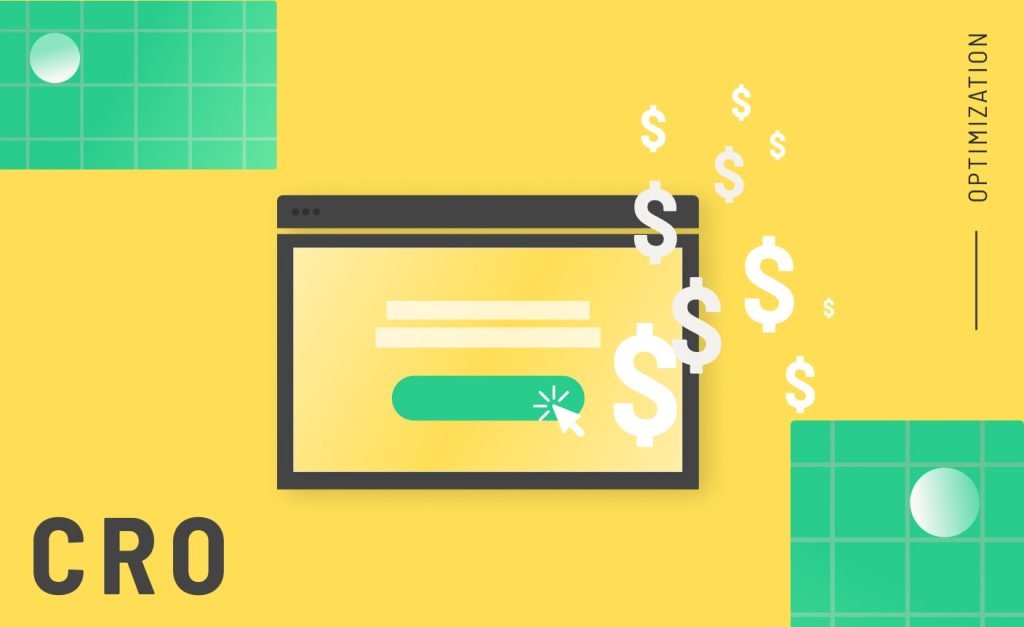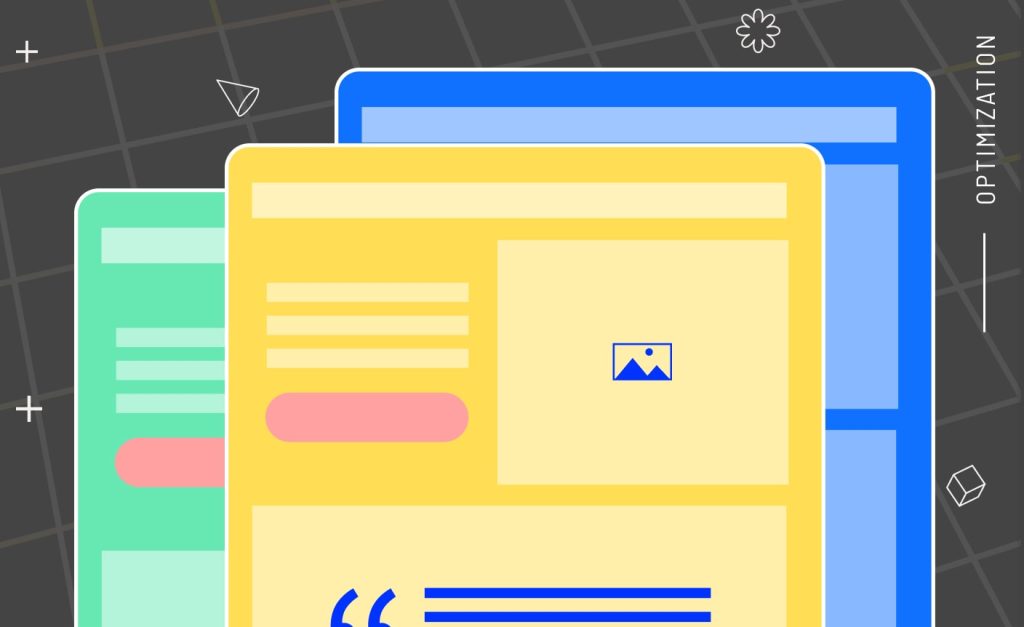Where does My Email Go? Primary Inbox, Spam, or Elsewhere?

[ad_1]
B: Landing in the Inbox (or Not)
Having successfully navigated the spam filters, your email now stands a good chance of landing in the recipient’s primary inbox. This is the holy grail of email delivery, ensuring maximum visibility for your message. One way to gauge successful inbox placement is by monitoring your open rates, the percentage of recipients who open your email.
However, even if you’ve avoided spam filters, other factors can still influence where your email lands within the IP server. These include:
-
Recipient engagement: If recipients consistently open and click on your emails, IP servers recognize them as valuable and are more likely to deliver future emails to the primary inbox.
-
List segmentation: Sending targeted emails to segmented lists based on recipient interests can increase engagement and improve inbox placement.
-
Sending frequency: Bombarding recipients with email blasts can lead to fatigue and disengagement. Finding the right sending frequency is crucial for maintaining a positive sender reputation and inbox placement.
C: Elsewhere
Having explored the ideal scenario of landing in the inbox, let’s delve into the “elsewhere” possibilities for your email:
The Spam Folder
While navigating the spam filters is a hurdle, sometimes even legitimate emails can get caught and deposited in the dreaded spam folder. This usually happens when content triggers raise red flags for the filters, even if unintentional. For instance, an email promoting a discount sale with enthusiastic language (“Massive Savings!”) might land in spam despite being a legitimate offer.
Here’s how to minimize the risk of landing in spam:
-
Avoid spammy content: Stick to clear and professional language. Use a balance of text and images.
-
Offer clear unsubscribe options: Make it easy for recipients to opt out if your emails no longer interest them. A prominent unsubscribe link is a must-have for all emails.
The Promotions Tab (Gmail) or Other Folders
Some IP servers, like Gmail, have created additional folders to categorize incoming emails. The Promotions tab, for instance, might house emails from retailers or subscription services. While not ideal, landing in the Promotions tab isn’t necessarily bad news. Many users still check these folders for deals and discounts.
To encourage recipients to check these folders, craft clear subject lines: Indicate that your email contains a promotion or offer within the subject line. For example, “Get 20% Off Your Next Purchase!” clearly communicates the purpose of the email.
The Bounce
Sometimes, despite your best efforts, your email might be bounced back. A bounce occurs when the recipient’s server cannot accept your email for delivery. There are two main types of bounces:
-
Soft bounce: This usually indicates a temporary issue, such as a full mailbox or server maintenance on the recipient’s end. Soft bounces often resolve themselves after a short period, and your email server might attempt to resend automatically.
-
Hard bounce: This indicates a permanent issue, such as an invalid email address or a server no longer exists. Hard bounces are more detrimental to your sender reputation, as they suggest you’re sending emails to invalid addresses.
Here’s how to minimize bounces:
-
Maintain a clean email list: Regularly remove inactive or invalid addresses. Utilize email verification tools to ensure the accuracy of your list.
-
Practice good list hygiene: Don’t purchase email lists or send emails to people who haven’t opted-in.
How to Improve Email Deliverability
Now that you understand the email delivery journey and the various destinations your email might reach let’s explore how you can take control and improve your email deliverability:
Build a Strong Sender Reputation
As mentioned earlier, your sender reputation is crucial to email delivery success. Here are some actionable tips to build a strong sender reputation:
-
Maintain a permission-based list: Only email those who have opted in and expect to receive your messages.
-
Strive for high engagement rates: Focus on creating valuable and relevant content that resonates with your audience. This encourages recipients to open and click on your emails, boosting engagement rates.
-
Minimize bounce rates: Regularly clean your email list and avoid sending emails to invalid addresses.
Optimize Your Email Content
Remember, your email content can significantly impact deliverability. Here are some best practices to follow:
-
Avoid spam triggers: Stick to clear and concise subject lines. Use a professional tone and avoid excessive exclamation points, ALL CAPS, and spammy language.
-
Personalize your emails: Whenever possible, personalize your emails with the recipient’s name. Segmentation also plays a role – tailoring content to specific audience segments improves relevance and engagement.
-
Maintain a clean design: Use a balanced layout with a mix of text and images. Avoid large image files that can slow down loading times.
Leverage Email Marketing Tools
Consider using a reputable email marketing platform like HubSpot. These platforms offer a range of features that can enhance your deliverability efforts, such as:
-
Spam checker tools: These tools can scan your email content for potential spam triggers before you send them.
-
List hygiene tools: These tools help you verify and clean your email list, removing invalid or inactive addresses.
-
Engagement tracking: Email marketing platforms provide insights into your email performance, including open rates, click-through rates, and unsubscribe rates. This data allows you to monitor your sender reputation and adjust your email strategy as needed.
Reach Your Audience: Achieve Marketing Goals with Improved Deliverability
The journey of your email, from hitting “send” to reaching its final destination, can be surprisingly complex. Understanding the various checkpoints and potential roadblocks is crucial for ensuring your messages land in the right inboxes. Following the tips outlined in this blog can improve your email deliverability, maximize engagement with your audience, and achieve your marketing goals.
For expert help with crafting high-performing email campaigns and ensuring optimal deliverability, contact Aspiration Marketing today! Our team of email marketing specialists can help you navigate the complexities of email delivery and achieve your marketing objectives.
[ad_2]
Source link







Responses